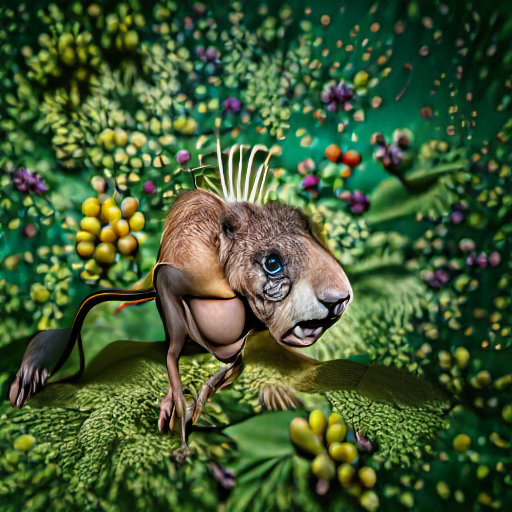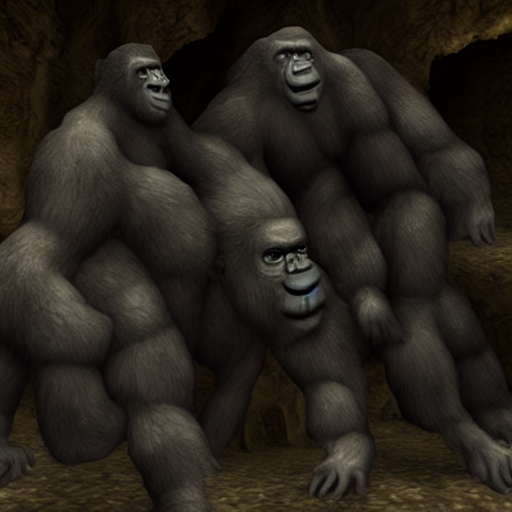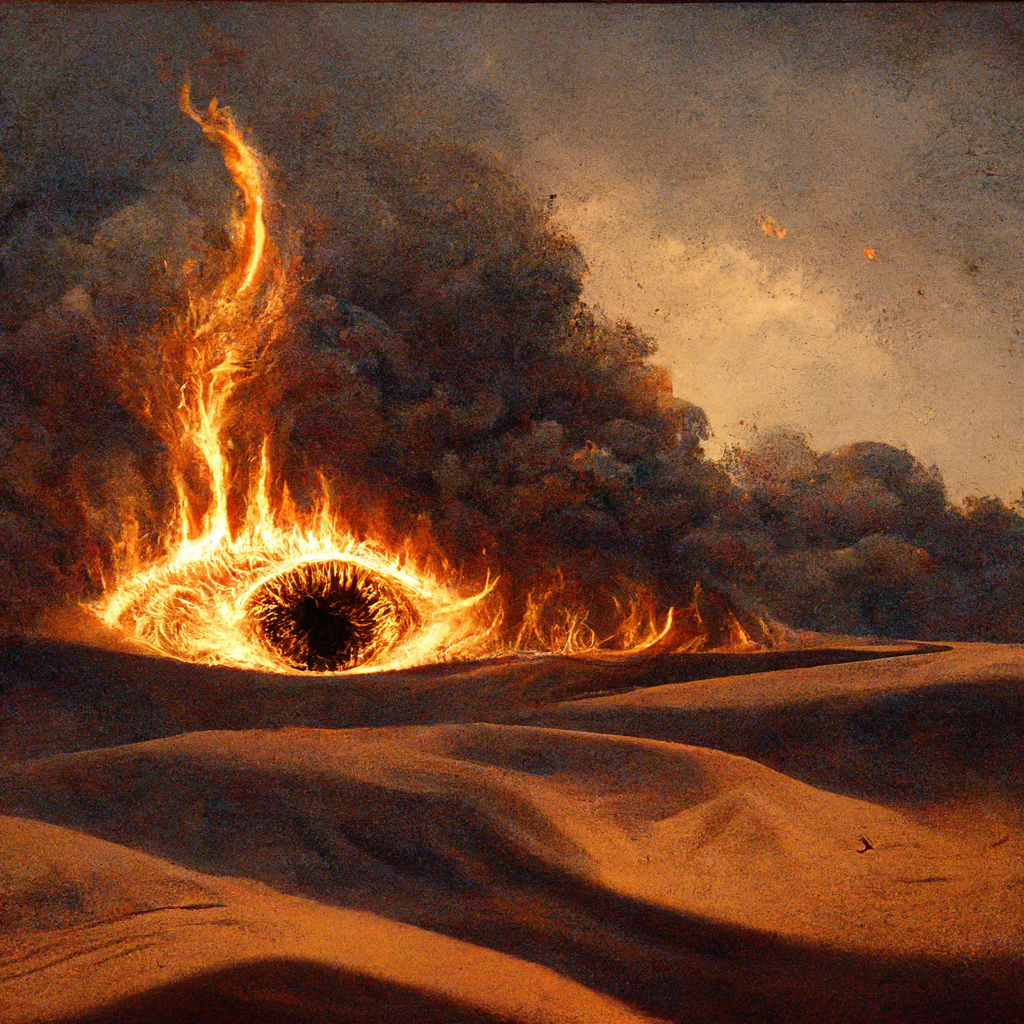

Buyrnwen are large snails that live for hundreds of years at a time with the ability to osmose their life force into the complicated chemical structure of their shell. After death, buyrnwen shells decompose and recombine with their body, reviving them with their stored life essence. They taste disgusting and have few predators, but those who hunt them also end up extending their own lifespan.
Explore an endless universe of ficticious life on NovelGens.





